By Al Hemingway
There is no doubt that the 1st Marine Provisional Brigade performed magnificently during the dark early days of the Korean conflict. Communist forces poured over the 38th Parallel on June 25, 1950, driving the U.S. Eighth Army and South Korean forces almost into the sea. Outmanned and outgunned, Allied forces were hemmed into a pocket on the Pusan Perimeter on the country’s southeast coast. President Harry Truman and other NATO countries quickly ordered forces to the scene.
The Marine Corps responded by sending the reinforced 5th Marine Regiment. Arriving on August 2, the leathernecks were quickly used as a “fire brigade,” plugging gaps in the line to stem the enemy tide. Their fighting prowess soon became legendary in the annals of the Corps, prompting Lt. Gen. Lemuel C. Shepherd, commanding general of Fleet Marine Force Pacific, to write that the Marines had “pulled the chestnuts out of the fire for the Army on several occasions.” But had they? Or did the Eighth Army pull their own chestnuts out of the fire?
In his new book, Into the Breach at Pusan: The 1st Marine Provisional Brigade in the Korean War (University of Oklahoma Press, Norman, OK, 2012, 194 pp., maps, photographs, notes, index, $29.95, hardcover), retired Marine Lt. Col. Kenneth W. Estes takes a fresh look at the brigade’s performance to answer the question of whether they had literally saved the U.S. Army from a humiliating defeat at the hands of the North Koreans.
One of the biggest myths Estes disputes is the assumption that most of the Marine brigade was comprised of World War II veterans whose wealth of combat experience figured greatly into their stellar performance in Korea. According to the author, nothing could be further from the truth. With few exceptions, says Estes, most Marines had no combat experience, although they had conducted amphibious exercises a few months prior to being shipped to Korea.
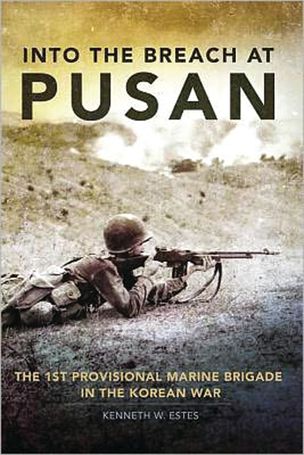 Another legend that emerged from the Pusan fighting was the fire brigade concept. The official history states that the Marines were used by Eighth Army commander Lt. Gen. Walton H. Walker to reinforce his soldiers when they were in dire trouble. That much was true, writes Estes, but the Marines were just one of five separate fire brigades. The U.S. Army’s 27th and 35th Infantry Regiments and the British 27th Infantry Regiment did a superb job in halting the enemy’s advance as well.
Another legend that emerged from the Pusan fighting was the fire brigade concept. The official history states that the Marines were used by Eighth Army commander Lt. Gen. Walton H. Walker to reinforce his soldiers when they were in dire trouble. That much was true, writes Estes, but the Marines were just one of five separate fire brigades. The U.S. Army’s 27th and 35th Infantry Regiments and the British 27th Infantry Regiment did a superb job in halting the enemy’s advance as well.
Air Force Lt. Gen. George E. Stratemeyer, among others, was livid and complained to Far East commander General Douglas MacArthur about the “excessive publicity for the exploits of Marine Corps aviation.” The officer charged that exaggerated reports had been written to “discredit the Air Force and unjustifiably enhance the prestige of the United States Marines at the expense of both the Army and Air Force.” Estes concludes that the Marine Corps may well have embellished the brigade’s actions in response to the recent enactment of the National Security Act of 1947 that nearly saw the abolishment of the Corps and its absorption into the Army and Navy.
Despite all the interservice rivalry, the author concludes that the Marine brigade “was without question the most powerful organization for its size in the Eight Army.” Estes further states, “While it is true that the Eighth Army fought its battle and saved itself in the six weeks of the Pusan Perimeter campaign, the magnitude of its suffering would have proven much greater without the timely arrival of the 1st Provisional Marine Brigade.”
 America’s Great Debate: Henry Clay, Stephen A. Douglas, and the Compromise That Preserved the Union by Fergus M. Bordewich, Simon & Schuster, New York, 2012, 480 pp., photographs, illustrations, notes, index, $30.00, hardcover.
America’s Great Debate: Henry Clay, Stephen A. Douglas, and the Compromise That Preserved the Union by Fergus M. Bordewich, Simon & Schuster, New York, 2012, 480 pp., photographs, illustrations, notes, index, $30.00, hardcover.
On a cold January day in 1850 in Washington, D.C., Senator Henry Clay, his frail body consumed by tuberculosis, slowly but deliberately made his way to the home of fellow senator Daniel Webster. Although Clay was a Kentuckian and Webster a northerner from Massachusetts, Clay made the arduous trek to ask for Webster’s support for a new compromise that he hoped would placate both northern and southern politicians and avert a bloody civil war if the South broke away from the Union.
Clay would receive Webster’s aid that day and go on to collect an unusual assortment of collaborators to get his great compromise approved in the Senate, only to see it unravel before his eyes when a fellow Maryland lawmaker lobbied vigorously to remove sections of Clay’s Omnibus Bill. Fearing that all his work had gone for naught, the beaten and dejected Clay traveled to Newport, Rhode Island, to enjoy the sea air that helped his medical condition. To his surprise, he learned that the “Little Giant” from Illinois, Senator Stephen A. Douglas, had pulled a masterstroke and cajoled enough votes from the Senate and House of Representatives to get the legislation through in less than a week. It would eventually be signed by President Millard Fillmore and become law.
Historian Fergus Bordewich has done a good job of carefully peeling away and explaining all the provisions attached to the bill—most critically, the admission of California into the Union and a Fugitive Slave Law that allowed traders to seize a runaway slave on northern soil—and how Douglas, whom he refers to as “a steam engine in britches,” managed to pull it off.
Although the Omnibus Bill, named for a horse-drawn carriage that carried many different passengers, pacified both northern abolitionists and southern fire-eaters, its magic finally fizzled out when a lawyer from Illinois named Abraham Lincoln—a long-time personal and political rival of Douglas—was elected president in 1860, prompting the southern states to secede at last from the Union.
The Great Compromise of 1850 managed to keep North and South at arm’s length for only a decade. The hotly debated topic that would continue to rankle both sides was the question of slavery. It would take four years of bloody conflict and the deaths of more than 600,000 Americans before that issue could be put to rest. The time for compromise had ended.
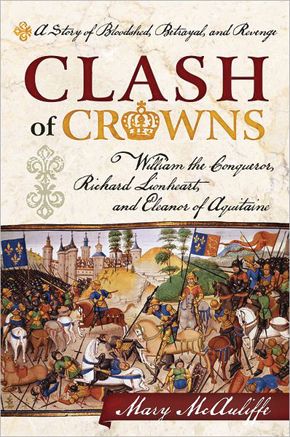 Clash of Crowns: William the Conqueror, Richard Lionheart, and Eleanor of Aquitaine by Mary McAuliffe, Rowman & Littlefield Publishers, New York, 2012, 248 pp., photographs, bibliography, notes, index, $26.00, hardcover.
Clash of Crowns: William the Conqueror, Richard Lionheart, and Eleanor of Aquitaine by Mary McAuliffe, Rowman & Littlefield Publishers, New York, 2012, 248 pp., photographs, bibliography, notes, index, $26.00, hardcover.
Ever since Viking ruler Rollo was defeated by the Franks in ad 911, France and England had been uneasily intertwined. In the peace treaty that followed, Rollo acquired territory that surrounded the village of Rouen. In the ensuing decades, this land became known as Normandy. A little more than 150 years later, William, the illegitimate son of Robert of Normandy, invaded England and became its king.
Historian Mary McAuliffe traces the events that led to the birth of two nations. The resentment and aggression that arose between the two ruling houses would come to a head between Richard Lionheart of England and Philip II of France. During the Third Crusade, a schism developed between the two, with Philip leaving the Holy Land. Richard quickly returned when he learned of Philip’s scheme to seize his land in Normandy. After a long and dangerous journey back to England (Richard was imprisoned for a time in Austria) he arrived to do battle with Philip. Richard constructed Chateau Gaillard near Les Andelys, France, overlooking the Seine River. After Richard’s death in 1199, Philip captured the fortification following a lengthy siege.
McAuliffe has penned a fascinating story of the royal conflict that had a direct effect on the histories of both countries. That history still pervades the present, she writes, with the neglected castle of Chateau Gaillard overlooking the chalky cliff above the Seine as a constant reminder of the mighty struggle for dominance that occurred there centuries earlier.
 Berlin on the Brink: The Blockade, the Airlift, and the Early Cold War by Daniel F. Harrington, University of Kentucky Press, Lexington, 2012, 504 pp., maps, photographs, notes, index, $40.00, hardcover.
Berlin on the Brink: The Blockade, the Airlift, and the Early Cold War by Daniel F. Harrington, University of Kentucky Press, Lexington, 2012, 504 pp., maps, photographs, notes, index, $40.00, hardcover.
After the end of World War II, Soviet and Allied relations became strained in the city of Berlin. Russian dictator Joseph Stalin wanted the entire city under the boot heel of communist control (the Soviets controlled the eastern half) and waited patiently for the United States to withdraw its forces from the city after the 1948 elections. When the Allies, however, introduced the Deutsche mark as the currency for the all the sectors, Stalin was furious, fearing that it would flourish and create an economic resurgence prompting Germans to accept a democratic form of government. In fact, many Germans were already anticommunist.
Stalin ordered all access by road or canal blocked for Allied traffic. With less than two months’ worth of coal and food on hand in West Berlin, Great Britain, France, and the United States decided to implement a massive airlift to counter the Russian blockade. For nearly a year, aircraft flew supplies into beleaguered West Berliners to stave off starvation and cold. One such campaign, dubbed Operation Little Vittles, was so named because pilots delivered chewing gum and candy bars to the German children.
Harrington, a historian at the United States Strategic Command, gives the reader detailed reasons behind Stalin’s motives for the blockade and the ensuing Allied response. His assessment illuminates the errors made by both sides during the crucial period in postwar Germany. The airlift was a huge success, dropping thousands of tons of supplies. In the end, the Berlin Wall would be built in 1961, separating the city and ushering in the start of the Cold War, only to fall nearly 30 years later when Germany was finally unified.
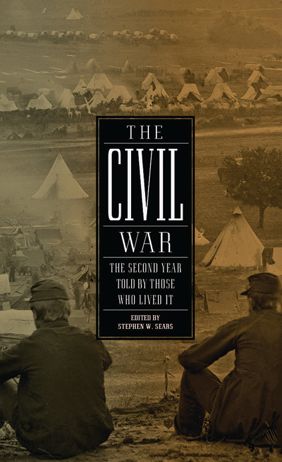 The Civil War: The Second Year Told By Those Who Lived It Edited by Stephen W. Sears, The Library of America, New York, 2012, 873 pgs., maps, notes, index, $40.00, hardcover.
The Civil War: The Second Year Told By Those Who Lived It Edited by Stephen W. Sears, The Library of America, New York, 2012, 873 pgs., maps, notes, index, $40.00, hardcover.
To commemorate the 150th anniversary of the second year of the Civil War, this book takes nearly 150 excerpts from letters, diaries, newspapers, and other documents to tell the riveting story of 1862, as viewed by the people who witnessed many of that year’s signal events. Politics, battles, strategies and the question of the emancipation of the slaves are covered in great detail, bringing to life those troubling times.
Although the war had not been going well for the North, it had been disappointing for the South as well. Although the Union Army had been driven back from the doorstep of Richmond, the Confederate capital, the Union Navy’s blockade, known as the Anaconda Plan, was very effective. The Rebels had steadily lost ground in Tennessee, Kentucky, and Missouri, and had lost the key city of New Orleans to Federal forces.
As 1862 came to a close, President Abraham Lincoln finally issued his Emancipation Proclamation after the Army of the Potomac gave him a narrow victory at Antietam, driving the Confederates back into Virginia. It was a risk on Lincoln’s part, freeing three million slaves in the 10 states that had seceded from the Union. The northern public’s reaction to such a move might hurt his reelection chances the following November. But the Illinois lawyer took that chance and signed the document. He would later write that it was “the central act of my administration and the great event of the nineteenth century.” As usual, Lincoln was right.
 New York at War: Four Centuries of Combat, Fear, and Intrigue in Gotham by Steven H. Jaffe, Basic Books, New York, 2012, 404 pp., maps, illustrations, photographs, notes, index, $29.99, hardcover.
New York at War: Four Centuries of Combat, Fear, and Intrigue in Gotham by Steven H. Jaffe, Basic Books, New York, 2012, 404 pp., maps, illustrations, photographs, notes, index, $29.99, hardcover.
From its humble beginnings in the 17th century as a Dutch settlement, New York City has emerged as the economic and cultural bastion of the United States, if not the entire world. But many modern New Yorkers who walk the streets of the five boroughs are unaware of the city’s tumultuous past, especially during wartime. Early feuding took place between the Dutch settlers and the Indians, followed by the English takeover, the French and Indian War, the American Revolution, and the War of 1812.
During the Civil War, New Yorkers witnessed the worst draft riot in the nation’s history. In 1863, after the draft excluded anyone who could pay $300 to buy a replacement, many of the city’s poor working class, especially Irish immigrants, went on a week-long rampage that ultimately had to be quelled by Union troops fresh from the Gettysburg battlefield. The two world wars also saw acts of sabotage and fear when threats of German U-boats patrolling in the waters off the coast threatened the city.
The author, a historian for the Museum of the City of New York and the New York Historical Society, has penned a vivid portrayal of the “city that never sleeps.”
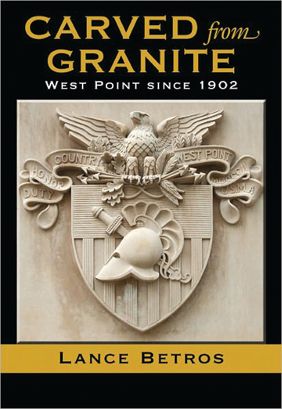 Carved from Granite: West Point Since 1902 by Lance Betros, Texas A & M University Press, College Station, 2012, 544 pp., photographs, notes, index, $40.00, hardcover.
Carved from Granite: West Point Since 1902 by Lance Betros, Texas A & M University Press, College Station, 2012, 544 pp., photographs, notes, index, $40.00, hardcover.
For more than two centuries the United States Army Military Academy at West Point, overlooking the Hudson River like a granite sentinel, has produced some of the finest military minds in the nation. Generals Dwight David Eisenhower, Ulysses S. Grant, Douglas MacArthur, and Robert E. Lee, to name a few, have walked its halls and grounds while serving their four-year apprenticeship and learning their trade as commissioned officers in the U.S. Army.
The author, himself a 1977 graduate of the Academy, praises the institution but also points out flaws that may impede its future success. The quality of the cadet, he says, has fallen, culminating in the notorious 1976 cheating scandal that rocked the school. He maintains that the Academy should keep character and intellect as its highest priority when selecting future young men and women for admission.
“If West Point is to continue its past success, if it is to produce even better officers in the future, there is no better way than to focus intensely on character and intellect,” Betros writes. “The Academy’s greatest leaders have understood this imperative and focused their strategic vision on it. Its future leaders would do well to do the same.”
 Fighting Elites: A History of U.S. Special Forces by John C. Fredrikson, ABC-CLIO, LLC, Santa Barbara, CA, 2012, 392 pp., photographs, bibliography, index, $89.00, hardcover.
Fighting Elites: A History of U.S. Special Forces by John C. Fredrikson, ABC-CLIO, LLC, Santa Barbara, CA, 2012, 392 pp., photographs, bibliography, index, $89.00, hardcover.
This book, written specially for high school students, traces the history of U.S. Special Forces, from such specialized units as Rogers Rangers to today’s special units, such as SEAL Team Six, which recently killed Al Qaeda terrorist Osama bin Laden. The author breaks down each chapter in American history, highlighting the soldiers, sailors, airmen, and Marines who created, organized and fought as behind-the-lines commandos. The book goes into extensive detail on each service’s specific units performing intelligence work, including Air Force Commandos, Navy SEALs, Green Berets, Marine Force Recon, Army Rangers, and CIA agents.
From Western Deserts to Carolina Swamps: A Civil War Soldier’s Journals and Letters Home edited by John P. Wilson, University of
New Mexico Press, Albuquerque, 2012, 280 pp., maps, illustrations, notes, index, $40.00, hardcover.
As the author states, it is rare to find a diary of an enlisted soldier from the Civil War who participated in both the New Mexico campaign and later served in Maj. Gen. William Sherman’s army on its notorious March to the Sea. But Private Lewis Roe did just that. A native of Illinois, Roe enlisted in the army prior to the Civil War and was assigned to the 7th Infantry. His journals describe his march to the Southwest and his subsequent part in the 1862 Battle of Valverde, a Confederate victory, in which Roe received a slight leg wound.
This is a fascinating and rare account of an enlisted man’s perspective of the war in two vastly different theaters of operation. Roe was well educated for the time and wrote with real passion, giving vivid descriptions of the events he was both witnessing and experiencing.
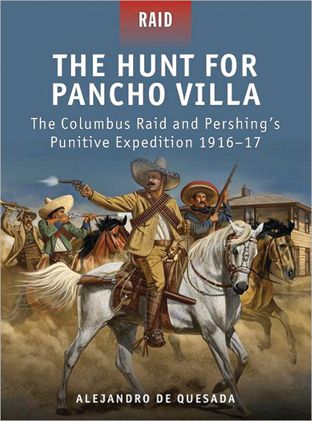 The Hunt for Pancho Villa: The Columbus Raid and Pershing’s Punitive Expedition, 1916-1917 by Alejandro De Quesada, Osprey Publishing, Long Island City, New York, 2012, 80 pp., maps, photographs, bibliography, index, $18.95, softcover.
The Hunt for Pancho Villa: The Columbus Raid and Pershing’s Punitive Expedition, 1916-1917 by Alejandro De Quesada, Osprey Publishing, Long Island City, New York, 2012, 80 pp., maps, photographs, bibliography, index, $18.95, softcover.
This book is a concise history of the punitive expedition into Mexico to hunt down Mexican revolutionary Pancho Villa after his raid on Columbus, New Mexico, in March 1916. Military historian Alejandro De Quesada delivers an absorbing account of Villa’s reasons for invading the United States that fateful day. According to the author, Villa believed he was betrayed by the United States when American leaders threw their support behind the Mexican revolution to the opposing side. Villa’s forces were also in dire need of horses and supplies. Regardless of the reasons, about 100 Villistas descended on Columbus, where they were met with resistance from the 13th Cavalry encamped in town. In the end, nearly 100 of Villa’s horsemen were killed, as opposed to only 18 American casualties. In the aftermath of the raid, General John J. Pershing led a force of 5,000 soldiers into Mexico to seize Villa and bring him to justice. That never happened, but Pershing did manage to capture or kill some of Villa’s henchmen.
The author’s text is accompanied by detailed maps, great photographs and drawings of the personalities, weapons and equipment each side used at that time.
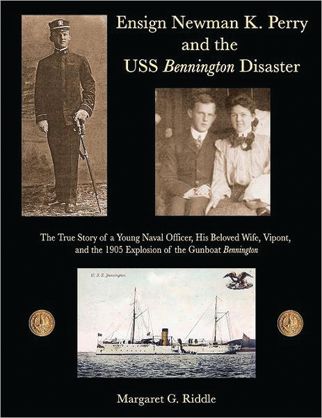 Ensign Newman K. Perry and the USS Bennington Disaster: The True Story of a Young Naval Officer, His Beloved Wife, Vipont, and the 1905 Explosion of the Gunboat Bennington by Margaret G. Riddle, Merriam Press, Bennington, VT., 20112, 84 pp., illustrations, photographs, $18.95, softcover.
Ensign Newman K. Perry and the USS Bennington Disaster: The True Story of a Young Naval Officer, His Beloved Wife, Vipont, and the 1905 Explosion of the Gunboat Bennington by Margaret G. Riddle, Merriam Press, Bennington, VT., 20112, 84 pp., illustrations, photographs, $18.95, softcover.
On the warm, summer evening of July 21, 1905, a massive explosion aboard the USS Bennington, a gunboat docked in San Diego Harbor, rocked the area. The resulting blast, caused by one of the ship’s boilers, killed 66 seamen and wounded scores of others. The only officer to die that night was Ensign Newman K. Perry. A native of South Carolina, Perry was widely regarded as one of the most promising officers in the Navy. A 1901 graduate of the Naval Academy, he suffered burns to his face and the upper part of his body. His reported last words to a sailor lying alongside him were, “Good luck, old man; I’ll meet you in heaven. We are all up against it this time, that’s all.”
In his honor, the Navy named a destroyer named after Perry in 1945. The ship saw service in the Atlantic and Pacific Theaters and extensive service off the coast of Vietnam. This book is another tribute to a promising young naval officer whose life ended prematurely in a freak accident.
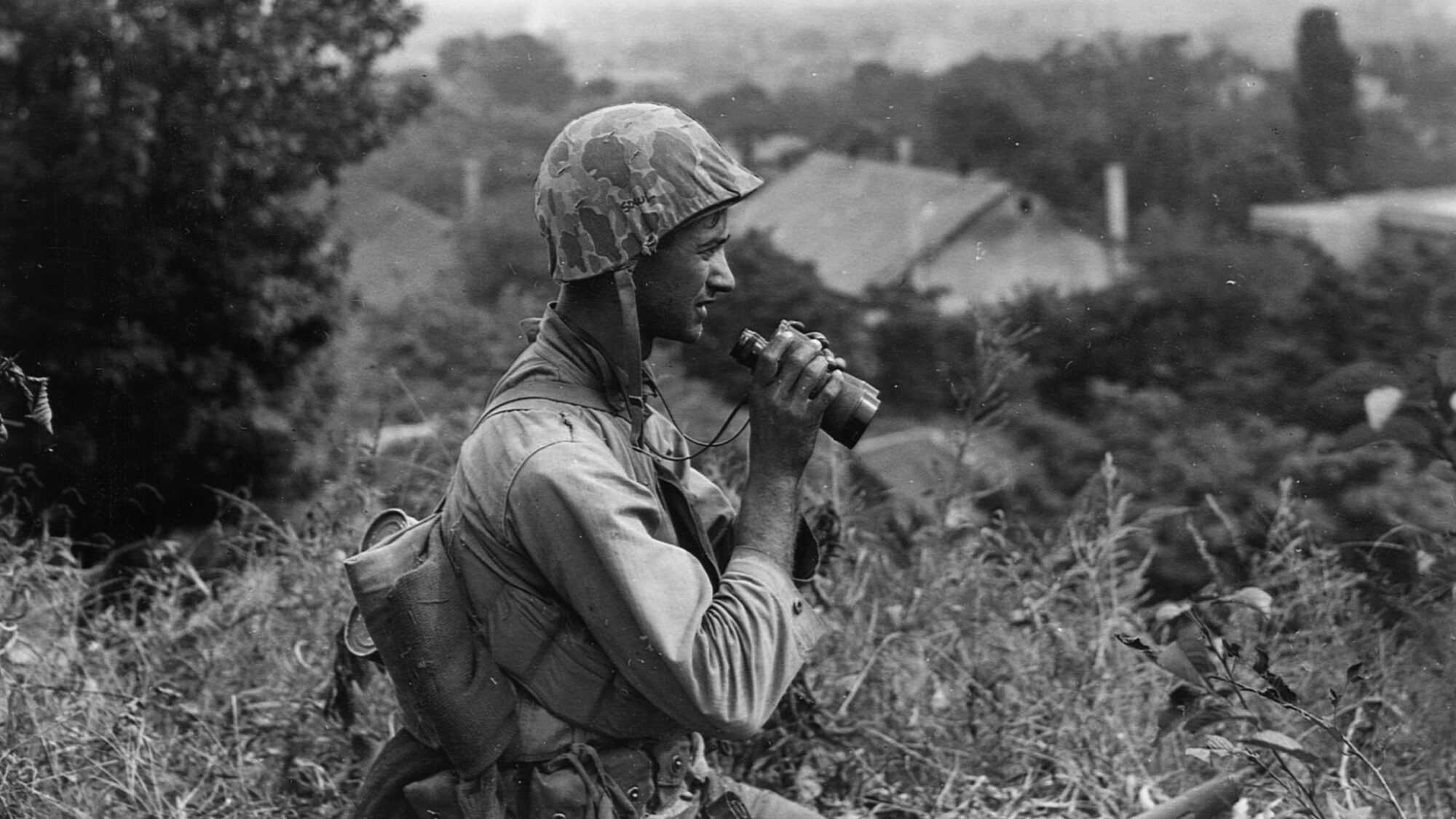
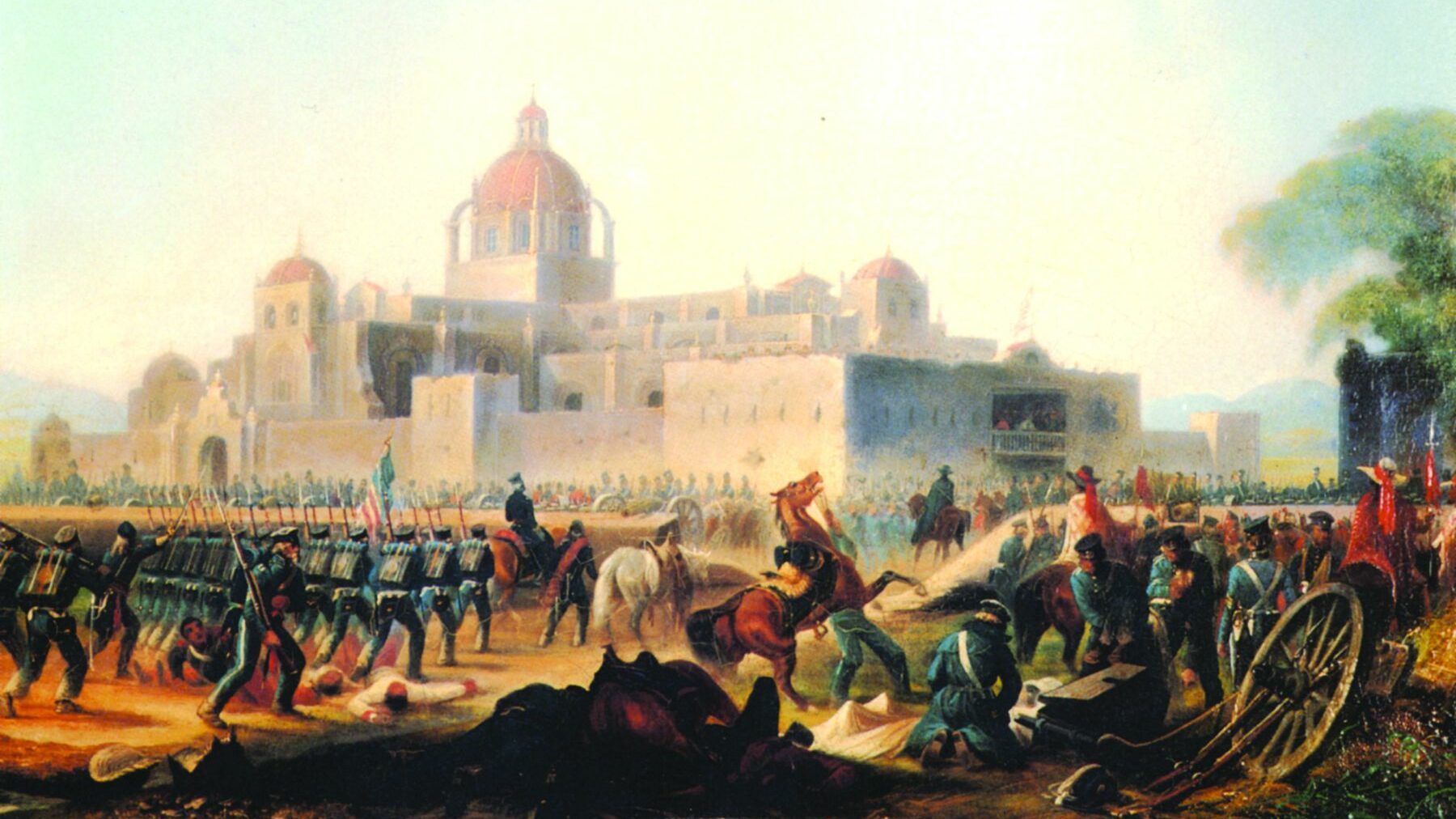
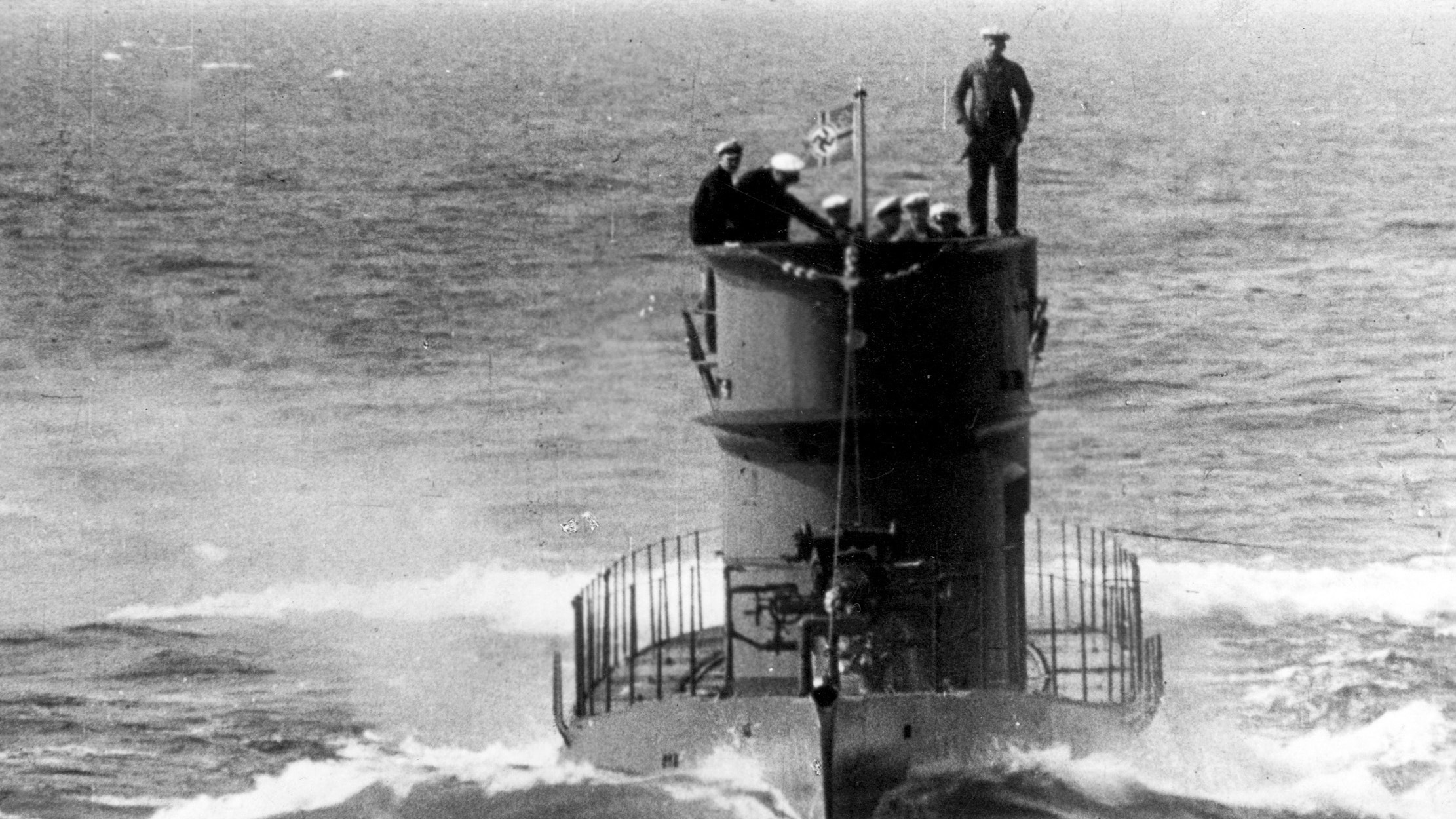
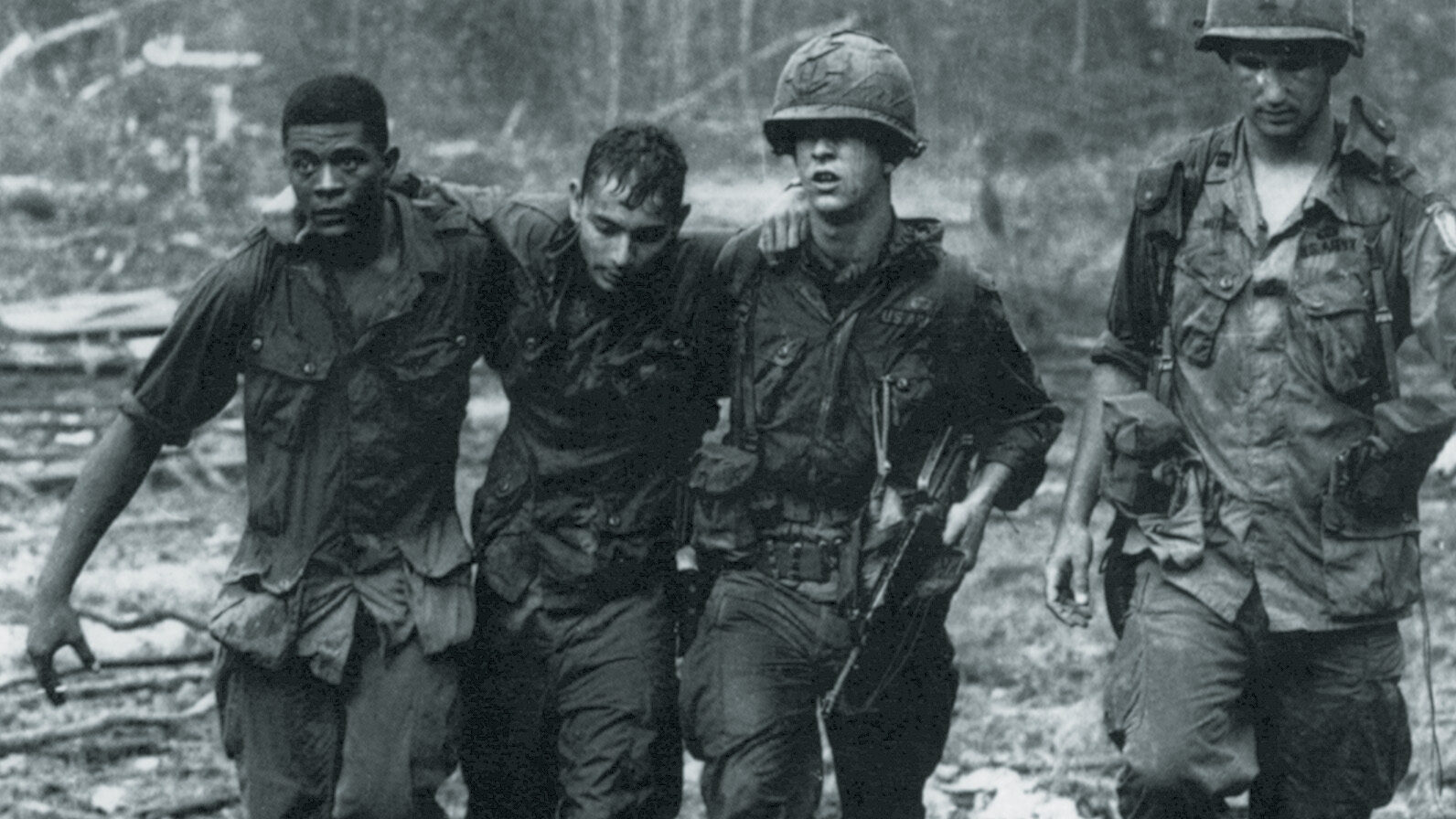
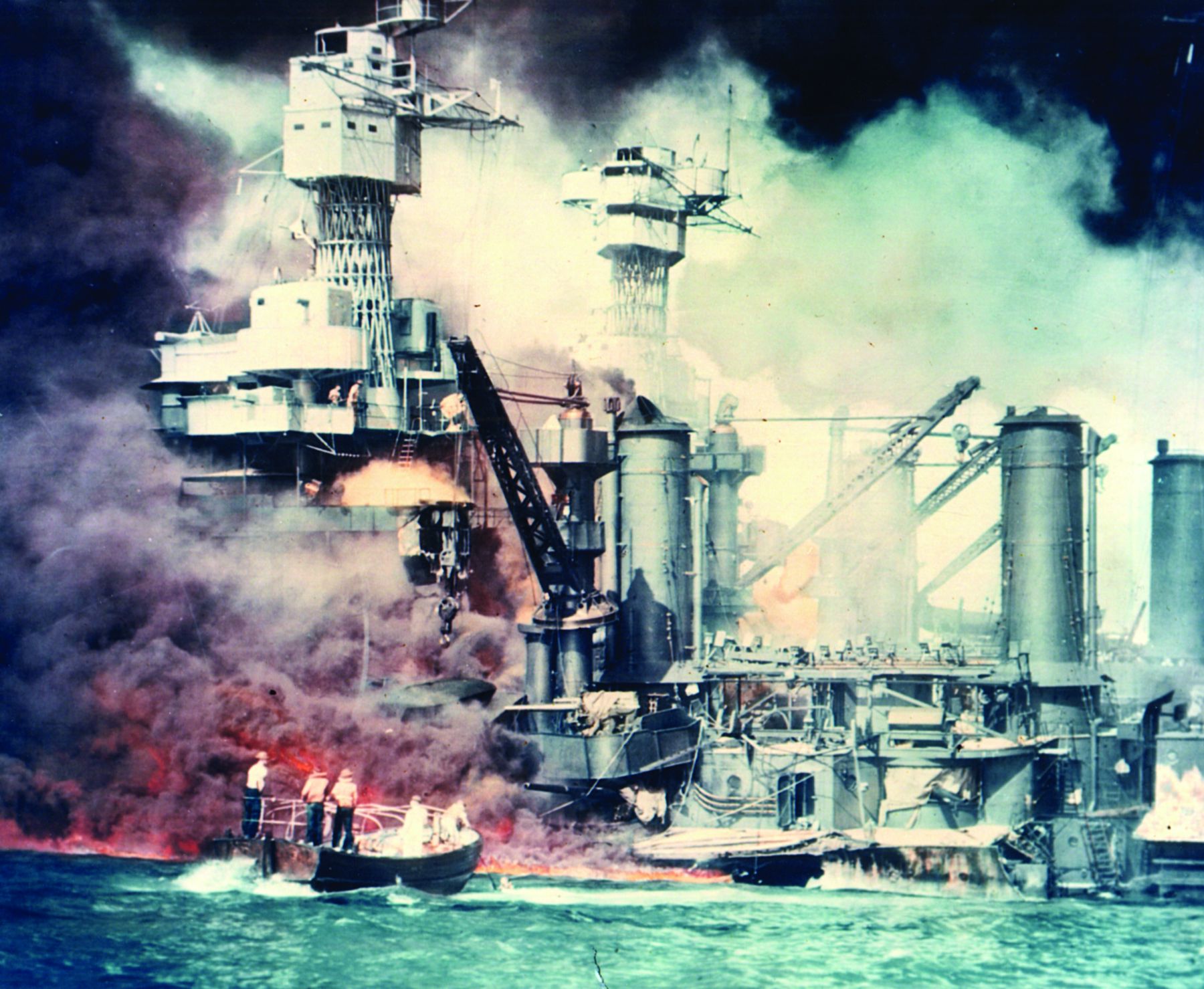
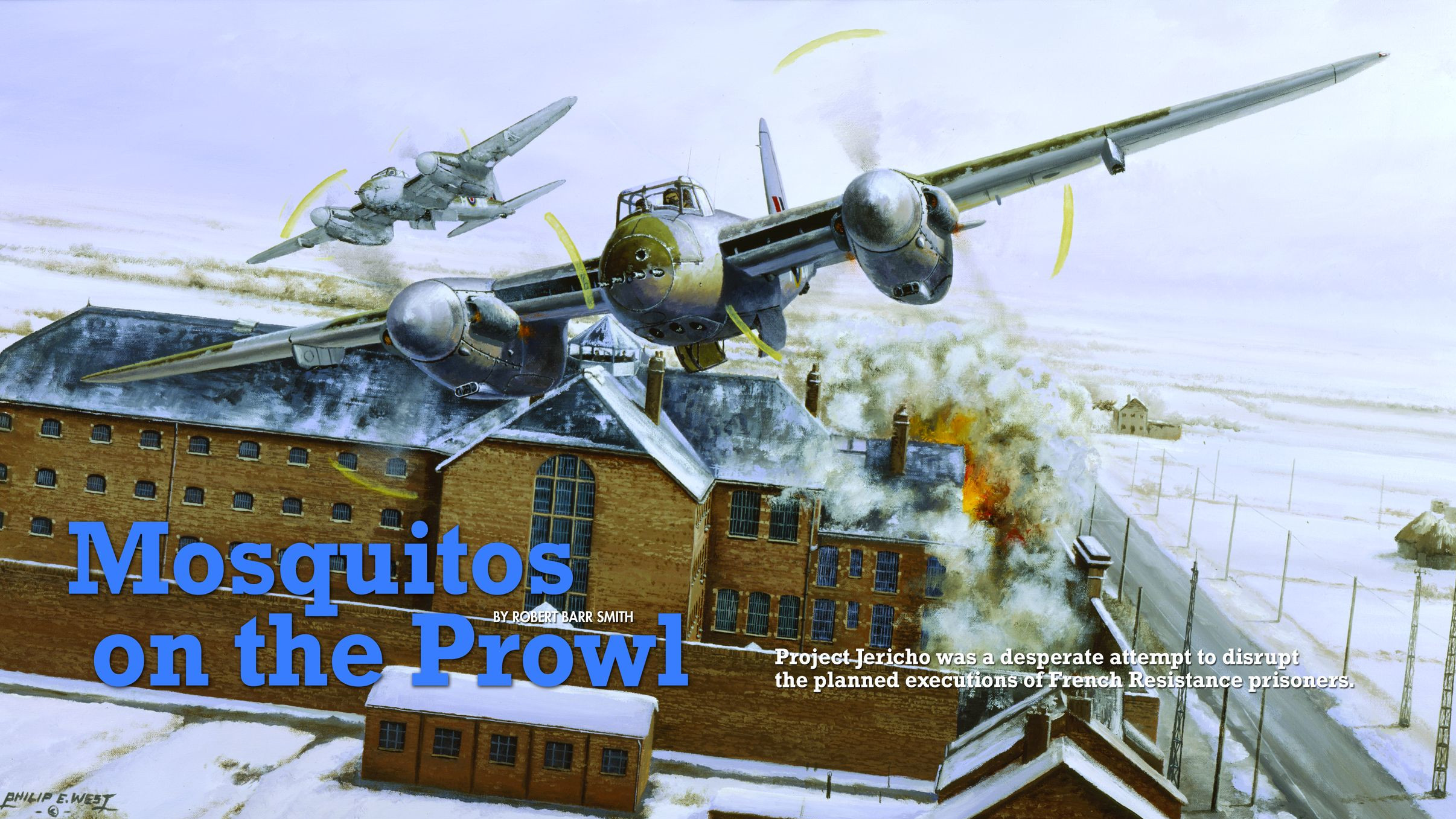
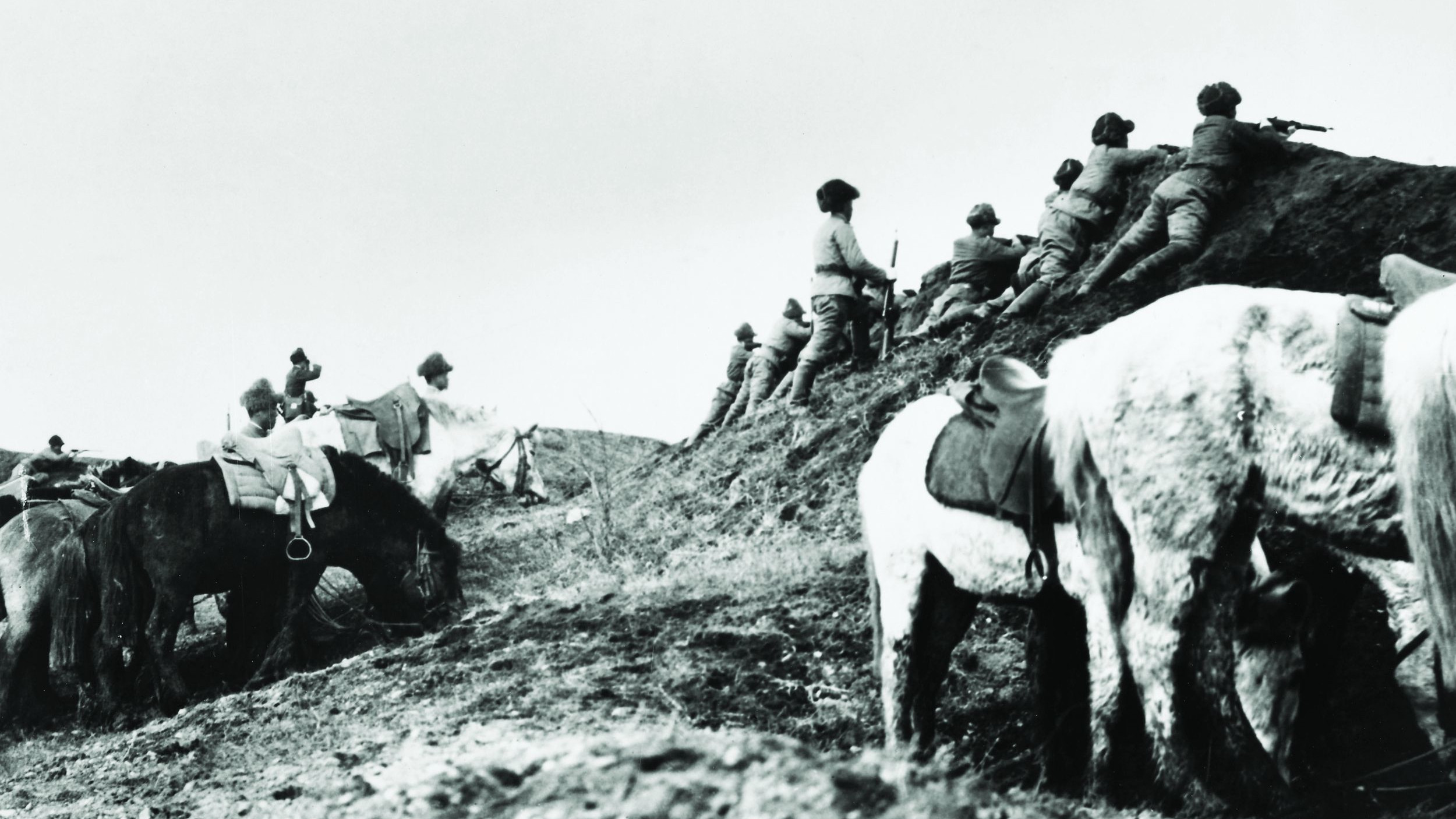
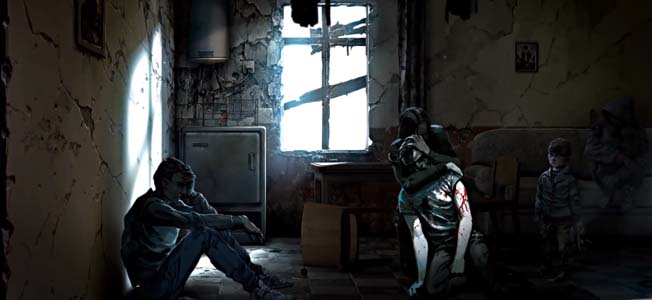

Join The Conversation
Comments
View All Comments